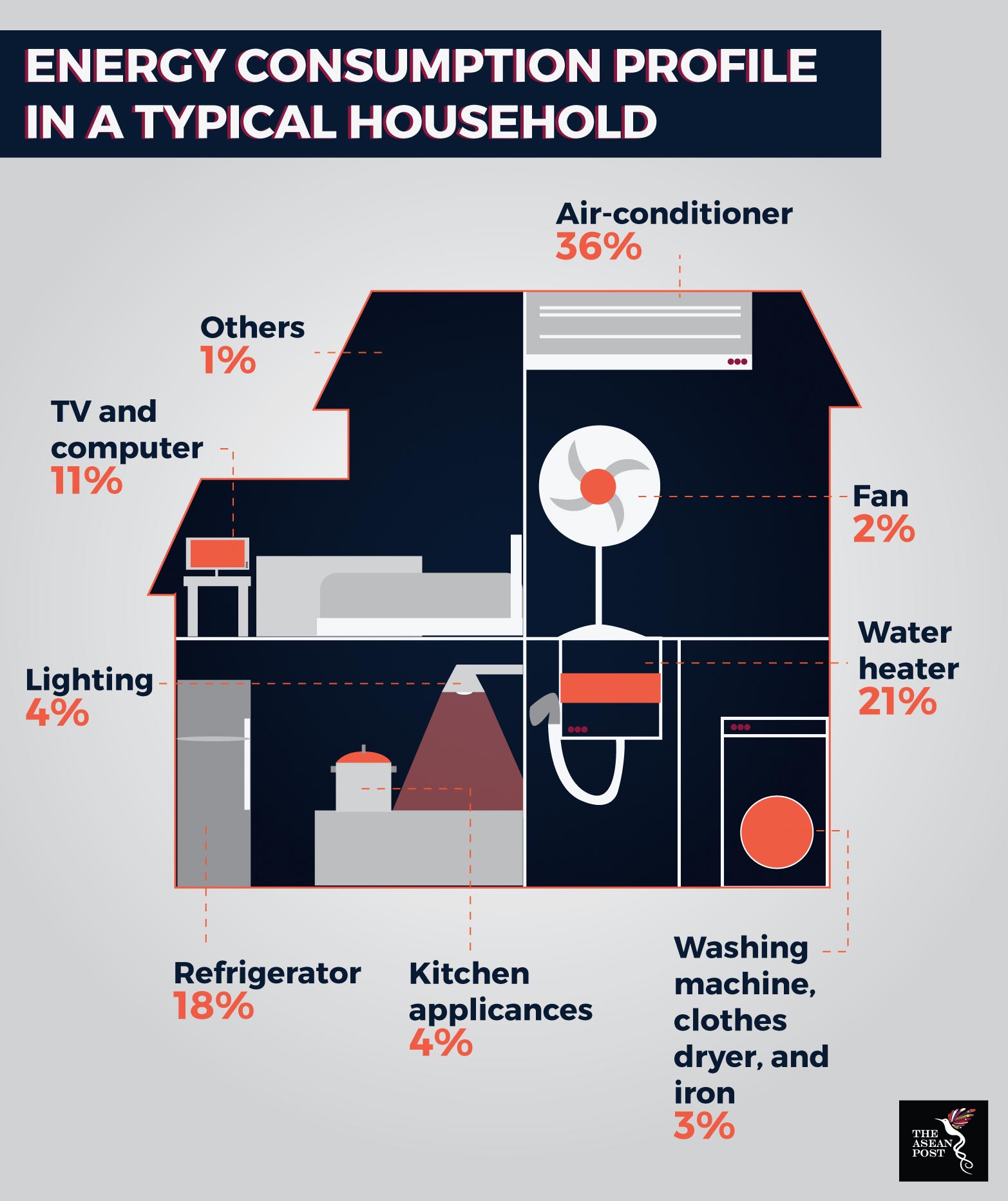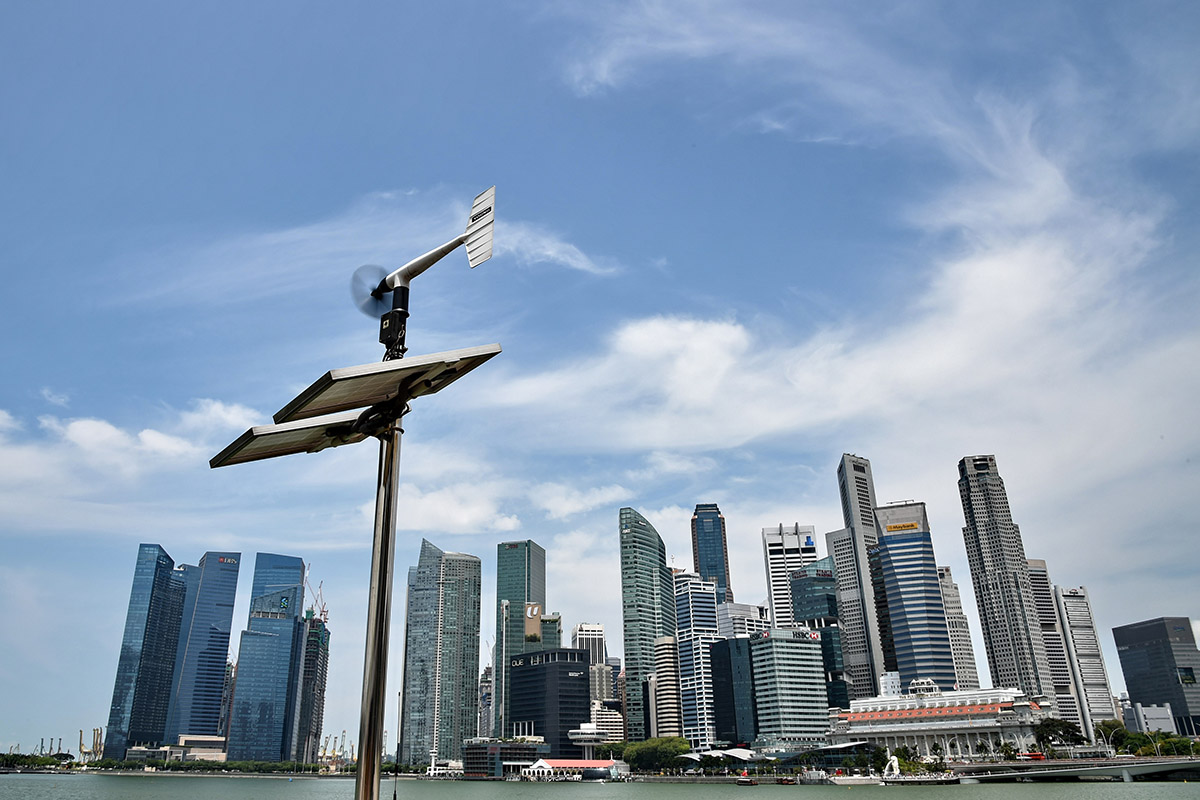Lowering its carbon footprint has always been a priority for the Singapore government, which recently passed its Carbon Pricing Bill to reduce carbon emissions intensity by 36% between 2005 and 2036.
A carbon footprint refers to the full quantity of greenhouse gases, or CO2 emissions that can be attributed to an individual, a plant, a company, a product or a whole economy, according to the International Energy Agency (IEA). By charging a ‘pay-as-you-emit’ carbon tax rate on businesses, the incentive is there to reduce emissions as much as possible. Singapore’s carbon tax rate will start at SG$5 per ton of emissions between 2019 to 2023, followed by a review in 2023, with the aim of increasing the tax to between SG$10 and SG$15 per ton of emissions by 2030.
“We aim to strike a balance between providing sufficient incentive for companies and Singaporeans to reduce their carbon emissions and giving them time to adjust. Our carbon tax will be applied uniformly without exemptions,” Masagos Zulkifli, Minister for the Environment and Water Resources was quoted as saying.
According to the IEA, Singapore contributes 0.11% of global emissions, and ranks 123 out of 142 countries in terms of CO2 emissions per dollar of GDP. Carbon fossil fuels still account for 95.2% of its fuel mix, according to its Energy Market Authority, which means that it needs to account for a carbon footprint reduction in other ways.
Singapore’s multi-dimensional strategy to reduce emissions also includes harnessing renewable energy sources and promoting energy efficiency in its industries, transportation and buildings.
The most reliable renewable energy source it has so far is solar. Singapore does not have natural geothermal energy sources and cannot as yet harness hydroelectric and wind power due to capacity constraints, according to its National Climate Change Secretariat.
Hence, maximising its solar power capacity has become a key priority. Singapore has experimented with the use of floating solar PVs to counter the fact that it has limited available land to enable large-scale deployment of solar panels.

Source: National Climate Change Secretariat
Real estate and statutory board, JTC Corporation meanwhile, launched SolarLand as a pilot project to use vacant land to install solar panels on an interim basis. These efforts appear to be already paying off in terms of providing the necessary solar infrastructure. Microsoft recently signed a 20-year agreement to purchase solar power from Singapore’s Sunseap in order to power its data centres there. Ultimately, Singapore also aims to increase its overall solar capacity from the current 47MWp to 350MWp by 2020.
While energy efficiency means using less energy to produce the same output, it also means managing electricity use better. The use of energy-efficient products reduces electricity use, for example.
The upcoming pioneer launch of the Open Electricity Market in Jurong for example, will not only promote solar power use, but also encourage users to be more mindful of their electricity usage. What it does is effectively open up the electricity market for customers to choose how they want to purchase their electricity.
The market will offer 14 electricity price plans for households and businesses in Jurong, to be provided by 14 electricity providers including Malaysia’s YTL Corp, China’s Huaneng and Singapore’s Keppel Corp.
The Open Electricity Market has also attracted unusual players to the fray, such as telecommunications firm Starhub, who is partnering with Sunseap to provide energy-efficient mobile, payTV, broadband and electricity plans to the public. Electricity generated from Sunseap’s solar panels across 1,000 buildings in Singapore will be used to power these plans. Thus, customers opting for the new service will effectively be making a seamless switch to solar powered energy sources.
Other efforts in energy efficiency include building an energy-efficient transport sector. So far, it has been doing this by promoting the use of public transport and electric vehicles, while pushing towards a zero-growth rate in conventional vehicles by the first quarter of 2021.
Singapore, in its capacity as ASEAN chair this year, will also host the Special ASEAN Meeting on Climate Change in July to reaffirm commitment to the Paris Agreement. Lowering its carbon footprint is ultimately how Singapore hopes to achieve long-term economic sustainability with 2018 slated as its official year of climate action.
